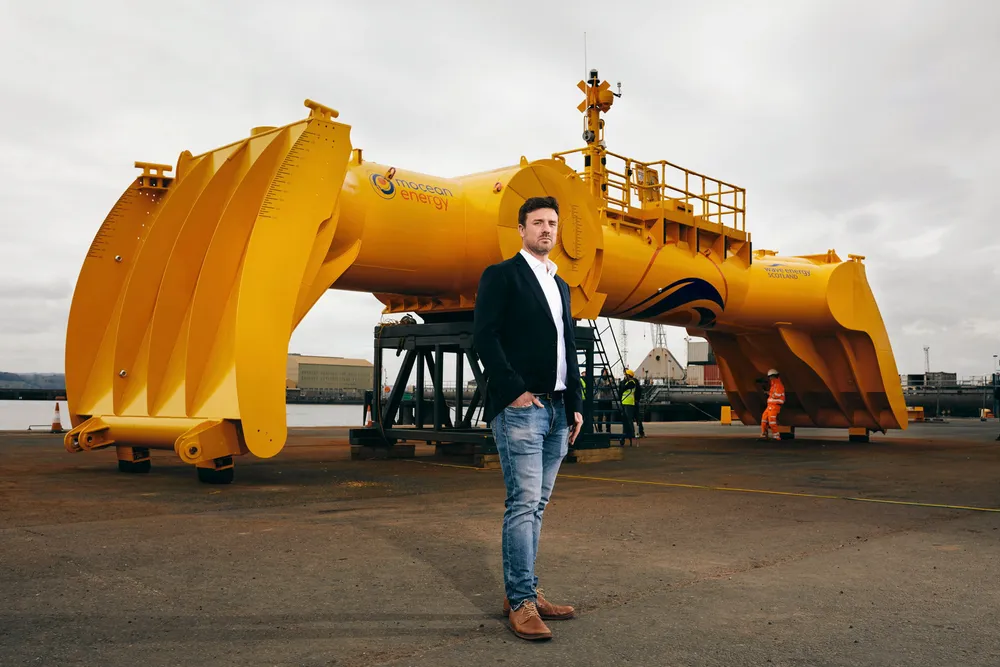Subsea sector making waves with renewables for off-grid operations
R&D project to combine on-location renewable energy and seabed battery storage enters critical phase

R&D project to combine on-location renewable energy and seabed battery storage enters critical phase
